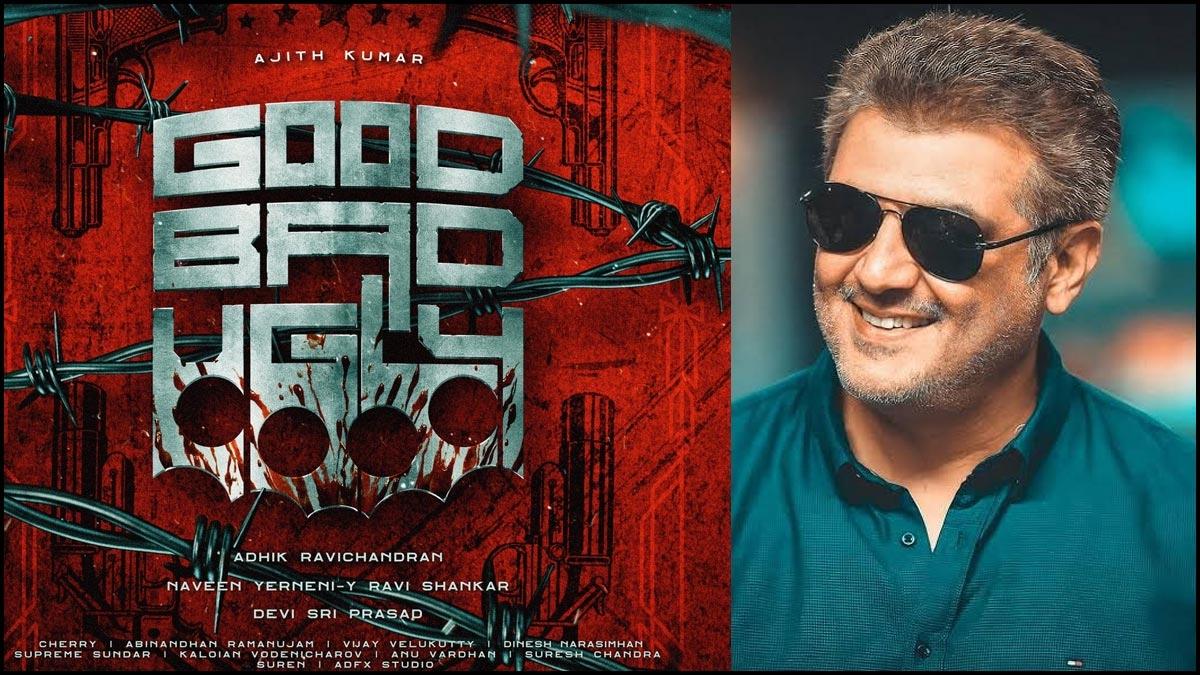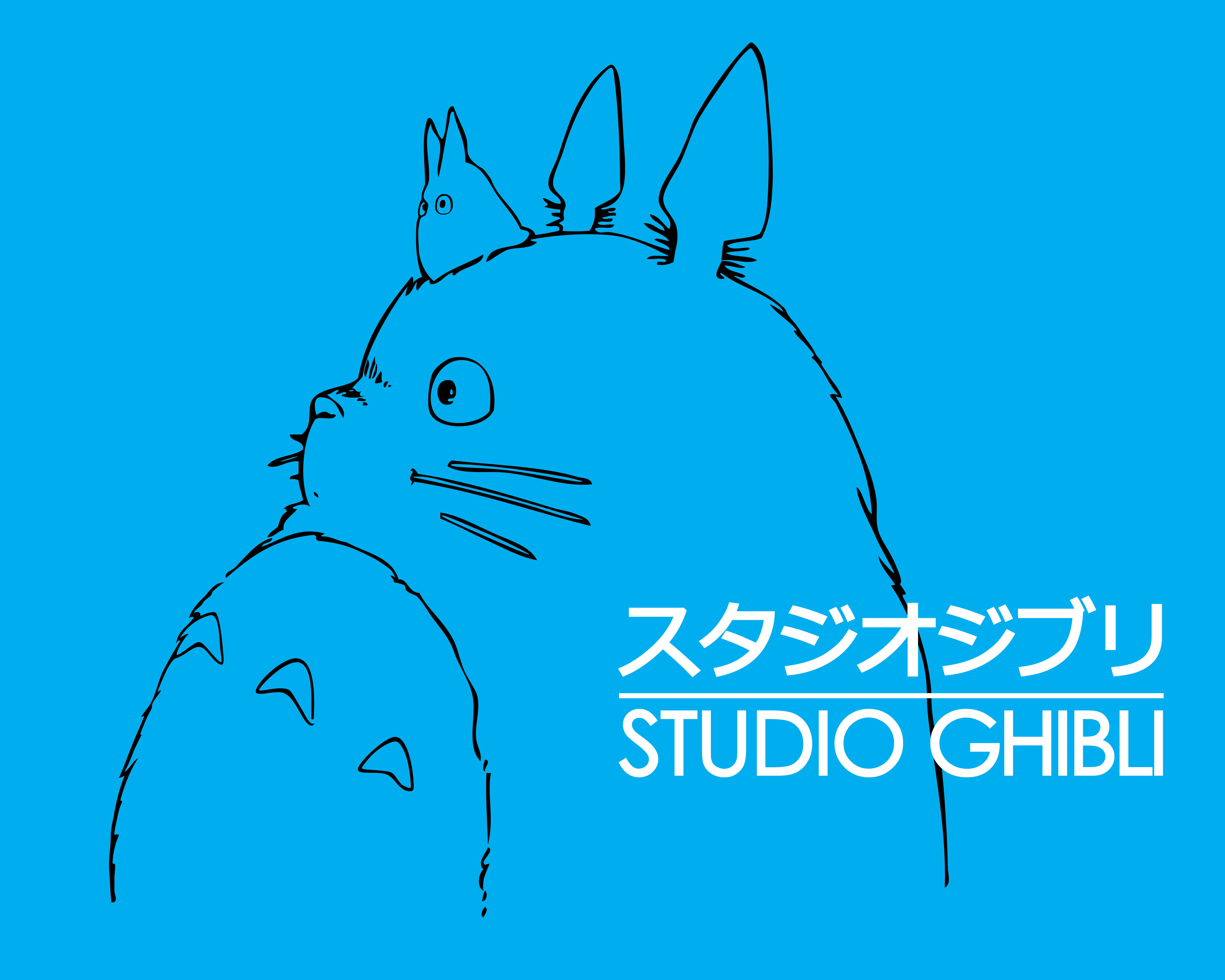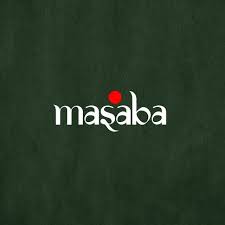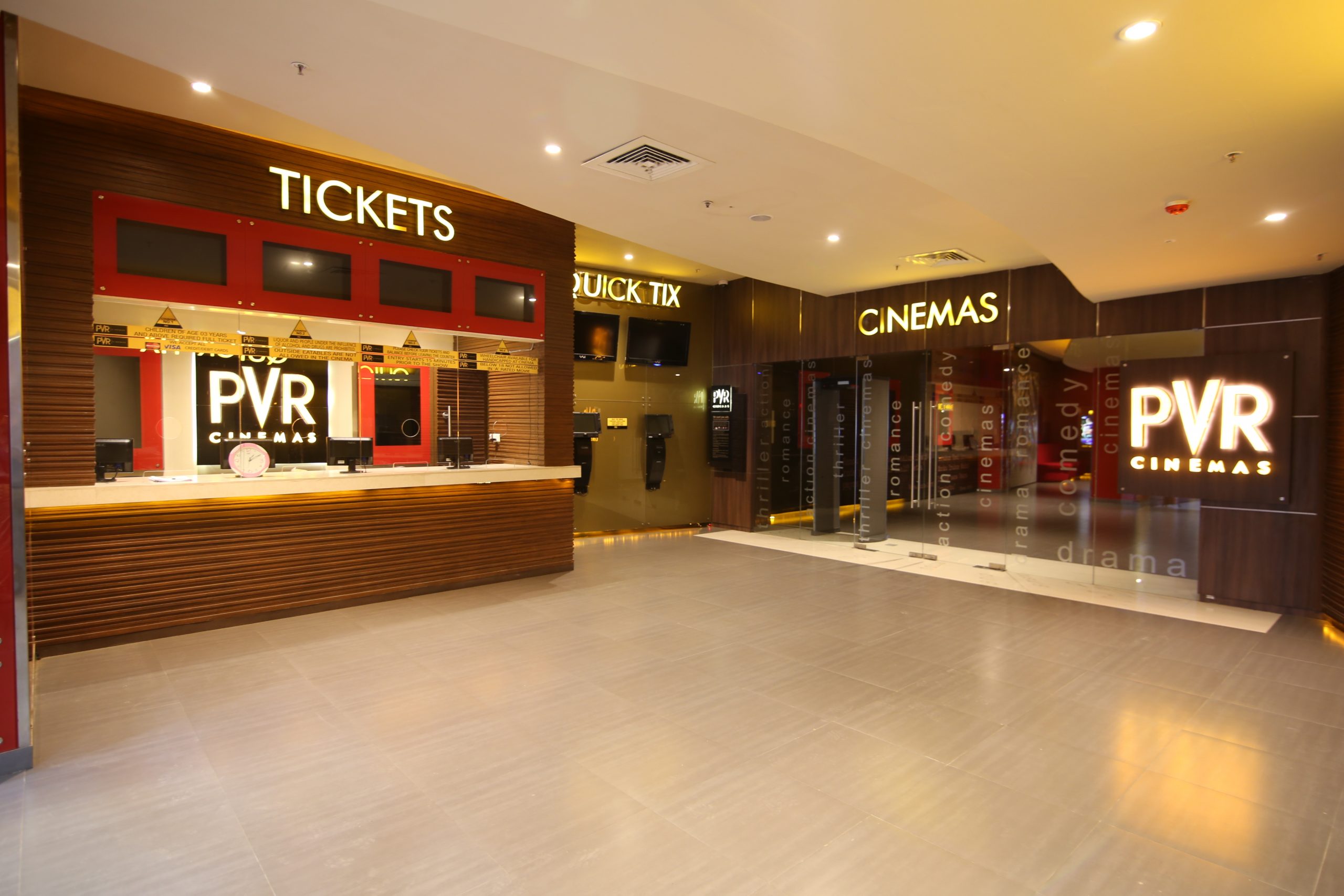
The World of Law in Movies, Fashion, Celebrities and Entertainment. We invite you to read the “what ifs” and “why nots” of the entertainment sector legally.
Was it the References that Make the Fans Roar or Infringements that Make the Creators Roar in Rage?

The film Good Bad Ugly was an exciting experience for fans of Ajith Kumar, but it didn’t resonate as strongly with the general audience. Directed by Aadhik Ravichander and starring Ajith Kumar, Trisha, Arjun Doss, and Priya Varrier, with music composed by G.V. Prakash, the film stands out from the usual Kollywood formula due to its heavy usage of references and elements derived from other original works.
Notably, music composer Ilayaraja recently issued legal notices for unauthorized use of his work in this film. This is not an isolated incident, as Ilayaraja has a history of addressing copyright violations concerning his compositions.
In this article, we will focus on character copyright and how the film potentially infringes on it.
What is Character Copyright?
To understand the legal concerns, we first need to clarify what character copyright is and why it matters.
According to legal scholar David B. Feldman, a character can be protected under copyright law if it satisfies three legally recognized elements:
- Name
- Visual or physical appearance
- Personality traits
Copyright law protects original and creative works that are fixed in a tangible medium. For a character to be copyrighted, it must be sufficiently distinct and clearly defined. It is also important to note that the ownership of character copyright usually lies with the production house or the company that created and registered the character not necessarily the actor or the screenwriter.
Characters Referenced in Good Bad Ugly
Several characters in Good Bad Ugly appear to be heavily inspired by, or directly based on, existing popular media:
John Wick: One of the lead characters in the film shares a backstory and demeanor that closely resemble Keanu Reeves’ character from the John Wick franchise, known for being a skilled assassin with a personal vendetta.
The Professor (Money Heist): The film includes a heist sequence orchestrated by a strategic mastermind, which has drawn strong comparisons to The Professor, a central character in the Netflix series Money Heist.
Don Lee: The film makes reference to a meeting in Korea involving actor Don Lee, a well-known figure in South Korean cinema. This appearance is suggestive of using his identity or persona without proper clearance.
Billa: Although the name Billa is not explicitly used, the film features a scene where Ajith Kumar appears in a black coat and sunglasses an iconic look associated with the Billa character. The dialogue “Malaysia ve avarodadhu da” also alludes strongly to the character, making the reference in detailed form.
Is This Fair Use? Reference or a Rip Off?
Using characters from other works without permission can be a violation of copyright law unless it falls under fair use, which is typically reserved for parody, criticism, education, or transformative use.
In the case of Good Bad Ugly, the visual and narrative similarities to these original characters are not sufficiently transformative to be considered fair use. Stylized or cartoonized renditions of these characters do not necessarily make them original or legally distinct from their copyrighted counterparts. If the portrayal remains recognizably the same in essence and execution, it is likely to be deemed an infringement.
Final Thoughts
Good Bad Ugly may have aimed to celebrate beloved characters and cinematic moments, but its use of recognizable copyrighted characters and music raises serious concerns regarding intellectual property rights.
There is a fine line between artistic reference and legal infringement. Referencing popular media in films can be effective when done with originality and appropriate permissions. However, direct or overly similar portrayals of copyrighted characters without licensing can lead to legal consequences and undermine the creative integrity of the work.
What Do You Think? Is Good Bad Ugly an attempt at creating a multi-layered cinematic homage, or is it an example of overstepping legal and ethical boundaries in filmmaking?
In upcoming articles, we will further examine the use of copyrighted music and explore how the law applies to creative reuse in the film industry.
Is it legally and ethically "okay" to generate AI Art based on Studio Ghibli?

In the new era of artificial intelligence (AI) and creativity, a new argument has started strong debates among artists, copyright experts, and technology professionals. The spread of AI-generated images imitating the iconic visual style of Studio Ghibli, the popular Japanese animation studio, has raised serious questions of copyright infringement, moral rights, and the ethical limits of art produced by machines to the forefront.
Studio Ghibli was founded by the celebrated director and artist Hayao Miyazaki. It is renowned for its lovely hand-drawn animation, elaborate backgrounds, and distinctive whimsical style. Ghibli's movies, such as Spirited Away, My Neighbor Totoro, and Princess Mononoke, have had a profound impact on world cinema. They are not only box office hits but are also cherished as cultural and artistic treasures. (My favorite Studio Ghibli movie is Whisper of the Hearts.)
New generative AI models such as Midjourney, Stable Diffusion, and OpenAI's DALL·E enable anyone to utilize AI systems to generate images that resemble a lot like Studio Ghibli's classic style, which people like to refer to as "Ghibli-esque."
Is It Legally Infringing?
AI-created images don't copy specific scenes or characters; they copy the "style" — a vague concept in copyright law. Most copyright law protects individual works, not broad styles or artistic methods. That is, as long as AI-created works don't copy specific scenes, characters, or stories from Studio Ghibli's movies, they might not be a clear copyright infringement.
However, increasingly there are various arguments relating to the same, and they are:
- To expand the definition of derivative works and moral rights to address this issue more effectively
- Using millions of copyrighted photographs without permission, including Studio Ghibli photographs, to train AI constitutes indirect exploitation. While copyright law has traditionally focused on output, the offending training data of AI algorithms—usually web-scraped without authorization—may itself be a copyright infringement or at least a fair use violation, especially if commercial in purpose.
In Japan, where Studio Ghibli is based, the law also honors authors' rights and such rights involve having the power to maintain their work in its original form and against any insulting changes. Hayao Miyazaki has criticized AI art publicly, famously labeling AI-created animation "an insult to life itself." While some interpret his statement as a moral and artistic issue, it is also a reflection of a more profound concern: that making art into machines, particularly in his style, disavows the human struggle, emotion, and intent in each Studio Ghibli frame.
The Problem of Efforts
The ethical case is likely to be more substantial than the legal issues. AI-generated Ghibli-style paintings take a very human and personal art form and turn it into a commodity. Miyazaki and Studio Ghibli have always highlighted the value of hand-drawn animation. Every brush stroke in a Ghibli film is part of a well-thought-out visual style that comes from years of skill, feeling, and cultural heritage which in turn brings out the sentience of humans.
AI recreations make this work seem less meaningful because they are immediate and divorced from actual effort. Worse, these AI-generated images are being sold as prints, NFTs, or used in ads in Social Media by various brands without credit, compensation, or permission to Studio Ghibli. Not only does this harm professional artists, but it also allows AI to benefit from the human imagination it lacks.
Miyazaki's complaint is not merely his own opinion; it is an opinion shared by many artists, including but not limited to the animation world. AI art generators lack context, stories, and feelings, and they create what many see as empty copies of rich and deep works and the worse part is, these works are derived from many other original works that was used to train the AI (with or without the permission of the author).
Conclusion
As more AI-created art shows up online, the law is lagging behind. A few places, including the European Union and some regions in Asia, are starting to look at stronger laws on AI transparency and copyright safeguards for artists whose work has been used to train generative models. However there are no clear rules recognizing "style" or "inspired from" in the context of AI, as something that can be protected. Artists like Miyazaki find their work used by AI again and again with no way to stop it.
Today, there is a big question: Even if AI-generated Ghibli-style images don't break current laws, are they ethical or fair to use? For now, artists, lawyers, and viewers all have to deal with the harsh truth that AI can copy art — but AI can't copy imagination.
House Of Masaba Lifestyle Private Limited v. Masabacoutureofficial.Co & Ors

In a significant legal development, the Delhi High Court has granted interim relief to House of Masaba Lifestyle Private Limited in a trademark infringement suit against entities operating under the names "masabacoutureofficial.co" and "masabacouture.in". The court's decision underscores the importance of protecting intellectual property rights in the fashion industry, especially in the digital age where brand identity can be easily misappropriated.
Background of the Case
House of Masaba, founded in 2009 by designer Masaba Gupta, has established itself as a prominent fashion brand in India, offering a diverse range of products including bridal lehengas, jewelry, sarees, gowns, and men's apparel. The brand has garnered a strong reputation for its unique designs and has become a significant player in the fashion industry. To protect its brand identity, House of Masaba has registered trademarks for "Masaba" and "House of Masaba" across various classes since 2010. These trademarks serve as identifiers of the brand's goods and services, distinguishing them from those of competitors.
In early February 2025, House of Masaba discovered Instagram pages operating under the handles "masabacoutureofficial.co" and "masabacouture.in". These accounts were promoting and selling products identical to those offered by House of Masaba, using the "Masaba" mark without authorization. The unauthorized use of the "Masaba" trademark by these entities led to consumer confusion and posed a threat to the brand's reputation and distinctiveness.
Legal Proceedings and Court's Findings
In response to this infringement, House of Masaba filed a lawsuit in the Delhi High Court, seeking an injunction to restrain the defendants from using the "Masaba" trademark and to have the infringing Instagram accounts taken down. The plaintiff argued that the defendants' actions were malicious and intended to mislead consumers by creating a false association with the House of Masaba brand. This, they contended, was detrimental to the distinctive character and reputation of their registered trademarks.
Justice Amit Bansal, presiding over the case, found merit in the plaintiff's arguments. In his interim order, he stated, "The case set up in the plaint is that the defendants' adoption and use of the impugned trademarks is malafide and dishonest as the defendants are misleading the consumers by drawing association with the plaintiff and the same is detrimental to the distinctive character of the plaintiff's trademark 'MASABA'." The court observed that a prima facie case had been established by the plaintiff, indicating that the balance of convenience was in their favor and that they were likely to suffer irreparable harm if interim relief was not granted.
Court's Directions
Based on these findings, the Delhi High Court issued the following directions:
- Restraint on Defendants: The defendants, along with their proprietors, partners, principal officers, servants, retailers, agents, and all others acting on their behalf, were restrained from using the trademarks "MASABA" or "MASABA COUTURE", as well as the Instagram handles "masabacoutureofficial.co" and "masabacouture.in", or any other trademark/trade name identical or deceptively similar to the plaintiff's registered trademarks.
- Action by Instagram: Instagram was directed to take down the infringing handles "masabacoutureofficial.co" and "masabacouture.in". Additionally, Instagram was instructed to provide the complete contact details of the defendants available with them to the plaintiff.
The court issued summons to the defendants and scheduled the next hearing for July 23, 2025.
Implications for Intellectual Property Rights in the Fashion Industry
This case highlights several critical aspects of intellectual property protection in the fashion industry:
- Significance of Trademark Registration: By registering their trademarks, fashion brands like House of Masaba can establish legal ownership and exclusive rights to use specific marks. This legal foundation is essential for enforcing rights against unauthorized use and infringement.
- Challenges in the Digital Landscape: The proliferation of social media platforms has made it easier for counterfeiters and infringers to exploit established brands. Unauthorized entities can create accounts and sell counterfeit products, leading to consumer confusion and dilution of the brand's reputation.
- Judicial Support for Brand Protection: The proactive stance taken by the Delhi High Court demonstrates the judiciary's recognition of the challenges posed by digital platforms in protecting intellectual property rights. The court's willingness to grant interim relief and direct platform operators to take down infringing content is a positive development for brand owners seeking to safeguard their interests.
Conclusion
The interim relief granted to House of Masaba by the Delhi High Court serves as a crucial precedent in the realm of intellectual property rights enforcement within the fashion industry. It emphasizes the necessity for brands to proactively register and protect their trademarks and highlights the judiciary's supportive role in addressing the challenges posed by digital platforms. As the fashion industry continues to evolve, robust legal frameworks and vigilant enforcement mechanisms will be indispensable in safeguarding the creative and commercial interests of designers and brands.
"Time is Money" and dont pay to watch advertisements in theatres, says Consumer Court.

In a landmark decision that underscores the significance of consumer rights and the value of time, a Bengaluru consumer court has ruled against prominent cinema chains PVR Cinemas and INOX for subjecting audiences to prolonged pre-movie advertisements. The court's verdict mandates these cinema operators to transparently communicate actual movie start times and cease the practice of airing excessive ads beyond the scheduled showtime.
The Genesis of the Complaint
The case was initiated by Abhishek M R, a 30-year-old resident of Bengaluru, who experienced considerable inconvenience due to extended advertisements before a movie screening. In December 2023, Abhishek purchased three tickets through BookMyShow for the film "Sam Bahadur," scheduled to commence at 4:05 PM at a PVR INOX theater. Arriving punctually at 4:00 PM, he and his companions were subjected to a barrage of advertisements and trailers lasting until 4:28 PM, with the feature film commencing only at 4:30 PM. This unexpected delay disrupted Abhishek's meticulously planned schedule, which included returning to work post the movie. Feeling aggrieved by the unwarranted intrusion on his time, he filed a complaint against PVR Cinemas, INOX, and BookMyShow, alleging unfair trade practices and seeking redress for the inconvenience caused.
Court Proceedings and Observations
The Bengaluru Urban District Consumer Disputes Redressal Commission, presided over by President M Shobha and members K Anita Shivakumar and Suma Anil Kumar, undertook a thorough examination of the complaint. During the proceedings, Abhishek provided evidence by recording the advertisements played before the movie. PVR attempted to counter this by claiming that the recording violated anti-piracy laws. However, the court dismissed this argument, stating that Abhishek had only recorded the commercials and not the film itself. The court emphasized the inviolable value of time, stating, "In the new era, time is considered as money; each one's time is very precious. No one has the right to gain benefit out of others' time and money." The commission further noted that subjecting patrons to 25-30 minutes of unsolicited content is a significant imposition, particularly for individuals with tight schedules. The court also highlighted that while public service announcements (PSAs) are mandated by the government, their duration should not exceed ten minutes and must not encroach upon the advertised movie start time.
Judgment and Directives
In its ruling dated February 15, 2025, the consumer court issued several directives aimed at safeguarding consumer interests and ensuring transparency in cinema operations:
- Compensation to the Complainant: PVR Cinemas and INOX were ordered to pay Abhishek ₹20,000 as compensation for the mental agony and inconvenience caused by the delayed movie start. Additionally, ₹8,000 was awarded to cover the costs incurred in filing the complaint.
- Punitive Damages: Recognizing the broader implications of the unfair trade practices, the court imposed a punitive fine of ₹1 lakh on PVR Cinemas and INOX. This amount is to be deposited into the consumer welfare fund within 30 days, serving as a deterrent against future violations.
- Operational Directives: The cinema chains were instructed to clearly display the actual start time of movies on tickets and related materials, excluding the duration allocated for advertisements. Furthermore, they were directed to cease the practice of airing advertisements beyond the scheduled showtime, ensuring that patrons are not subjected to unexpected delays.
The court absolved BookMyShow of any liability, acknowledging that, as a ticketing platform, it does not exercise control over the scheduling of advertisements or the actual commencement of films.
Industry Implications and Reactions
This judgment has far-reaching implications for the cinema exhibition industry in India. It challenges the longstanding practice of monetizing captive audiences through extended advertisements, often at the expense of viewer convenience and satisfaction. By mandating transparency in show timings and limiting pre-movie advertisements, the ruling seeks to realign industry practices with consumer rights and expectations.
Consumer rights advocates have lauded the decision, viewing it as a significant step toward holding corporations accountable for practices that prioritize profits over consumer welfare. They argue that the ruling reinforces the principle that businesses must operate with transparency and respect for their patrons' time and choices.
Conversely, representatives from the cinema industry have expressed concerns. They contend that revenue from advertisements constitutes a substantial portion of their income, enabling them to offset operational costs and keep ticket prices accessible. Some industry insiders argue that a reduction in advertising revenue could necessitate an increase in ticket prices or a compromise in service quality.
Legal experts suggest that while the ruling is a victory for consumers, its implementation may present challenges. Cinema operators might need to renegotiate contracts with advertisers and adjust their scheduling practices to comply with the court's directives. Additionally, there may be appeals or requests for clarification, potentially leading to further legal proceedings.
Broader Context: Advertising Practices and Consumer Rights in India
The case of Abhishek M R against PVR Cinemas and INOX brings to the forefront the broader issue of advertising practices and consumer rights in India. Misleading advertisements and the imposition of unsolicited content have been persistent concerns, prompting regulatory bodies to take action.
In recent years, there has been a concerted effort to curb misleading advertisements across various media platforms. The Supreme Court, in the case of Indian Medical Association vs. Union of India (2022), directed advertising agencies to furnish self-declaration certificates to competent authorities before the publication or broadcast of content. This measure aims to ensure that advertisements are not deceptive and do not mislead consumers. The Ministry of Information and Broadcasting, in compliance with this directive, mandated that advertising agencies upload these self-declaration certificates on designated portals prior to disseminating content. This regulatory framework seeks to enhance accountability and protect consumers from false claims and exaggerated representations.
Who Owns the Rights to ‘Iniya Pon Nilave’? Definitely Not Ilaiyaraja, says Delhi High Court
.png)
In a significant ruling in the realm of intellectual property rights, the Delhi High Court has upheld Saregama India Limited’s copyright over the song Iniya Pon Nilave, dismissing Vels Film International Limited’s claim based on an agreement with legendary composer Ilaiyaraja. The judgment reinforces the well-established legal principle that the producer of a cinematographic film, not the music composer, is the first owner of the soundtrack’s copyright.
The Copyright Dispute: Saregama vs. Vels Film International
The dispute arose when Vels Film International Limited sought to use the song Iniya Pon Nilave in their upcoming film Aghathiyaa based on an agreement with Ilaiyaraja. However, Saregama India Limited, the music label that owns the rights to the original soundtrack, challenged this claim, arguing that Vels Film required a license from them, not from Ilaiyaraja.
The case, titled Saregama India Limited vs. Vels Film International Limited & Ors. (CS(COMM) 38/2025 & I.A. 1021/2025, I.A. 2163/2025), hinged on the interpretation of Section 17 of the Copyright Act, 1957. The Court emphasized that unless a contrary agreement exists, the producer of a film is the first owner of all rights in its soundtracks, including the music and lyrics. Therefore, Ilaiyaraja, despite being the composer, had no authority to assign or grant rights over the song.
The Court’s Verdict: Producer’s Rights Prevail
The Delhi High Court unequivocally ruled in favor of Saregama, confirming their ownership of Iniya Pon Nilave. However, in a practical resolution, the Court allowed Vels Film International to use the song in Aghathiyaa, provided they paid a license fee of ₹30 lakh to Saregama. This outcome underscores the legal requirement for filmmakers and production houses to secure rights from the rightful copyright holder rather than relying solely on agreements with composers.
Key Takeaways for the Film and Music Industry
- Producers Hold the First Copyright: As reaffirmed by the Court, film producers are the first owners of the music and lyrics associated with their films unless otherwise stated in a contractual agreement.
- Composers Cannot Independently Assign Rights: Even renowned composers like Ilaiyaraja cannot transfer or assign rights to a song unless they hold copyright ownership.
- Legal Due Diligence is Essential: Before using old songs in new films, production houses must ensure they acquire licenses from the actual copyright owners to avoid legal disputes.
- Licensing is the Path Forward: The Court’s decision to grant Vels Film International a license upon payment of ₹30 lakh highlights the commercial reality of balancing legal ownership with industry needs.
Conclusion
This judgment sets a critical precedent in India’s music and film industry by reaffirming the copyright ownership structure. While composers are integral to the creation of music, their rights are subject to existing copyright laws that prioritize the producer’s ownership unless contractually overridden. The ruling serves as a reminder for filmmakers and production houses to adhere to copyright laws and ensure proper licensing to avoid costly legal battles.
MOVIES
View All
CELEBRITIES
View All
FASHION
View All
CASE STUDIES
View All
UPCOMING EVENTS
View All
Oct
15
Relaunch of IP Popcorn@Online
We are officially relaunching IP Popcorn. Meet the entire IP Popcorn team and mentors in this online conference.
Price: Rs 150/-

Get Legal Insights & Updates!!!
Stay Ahead with Our Expert Legal Commentary and Analysis, Directly to Your Inbox.

CONTACT US
2024 IP Popcorn, Inc. All rights reserved.